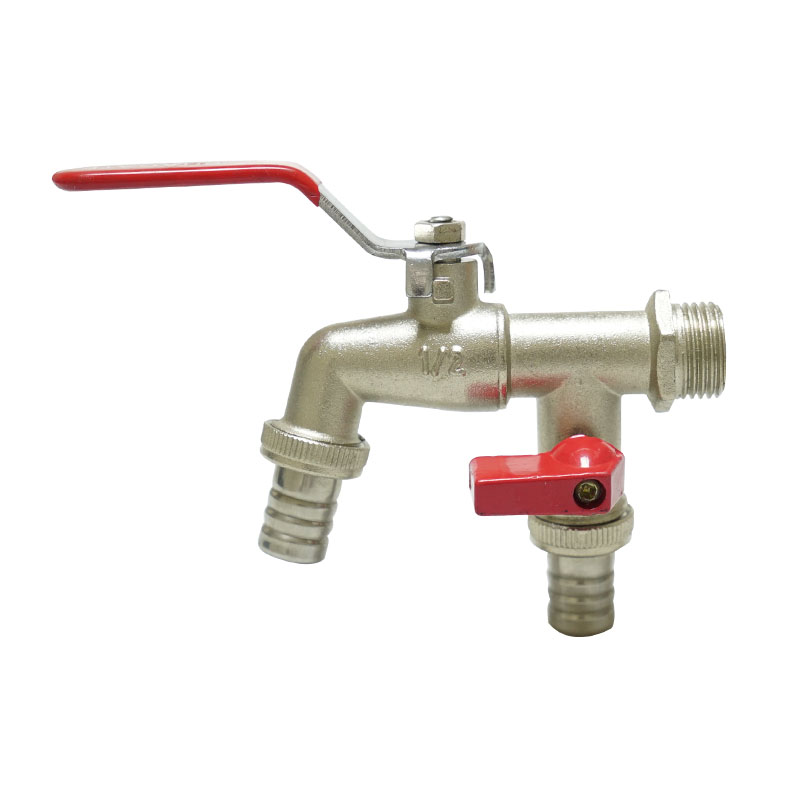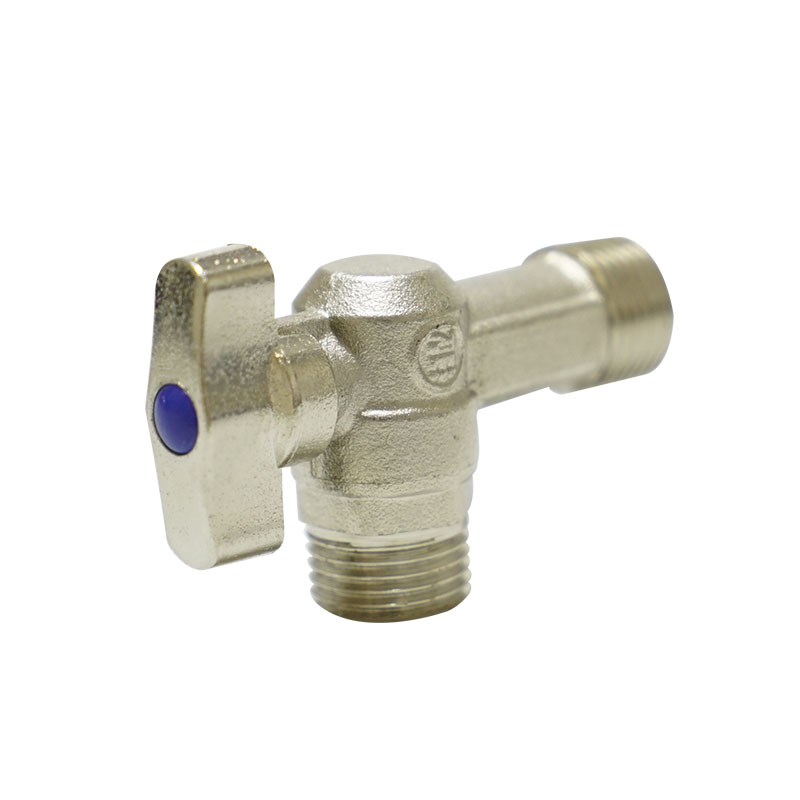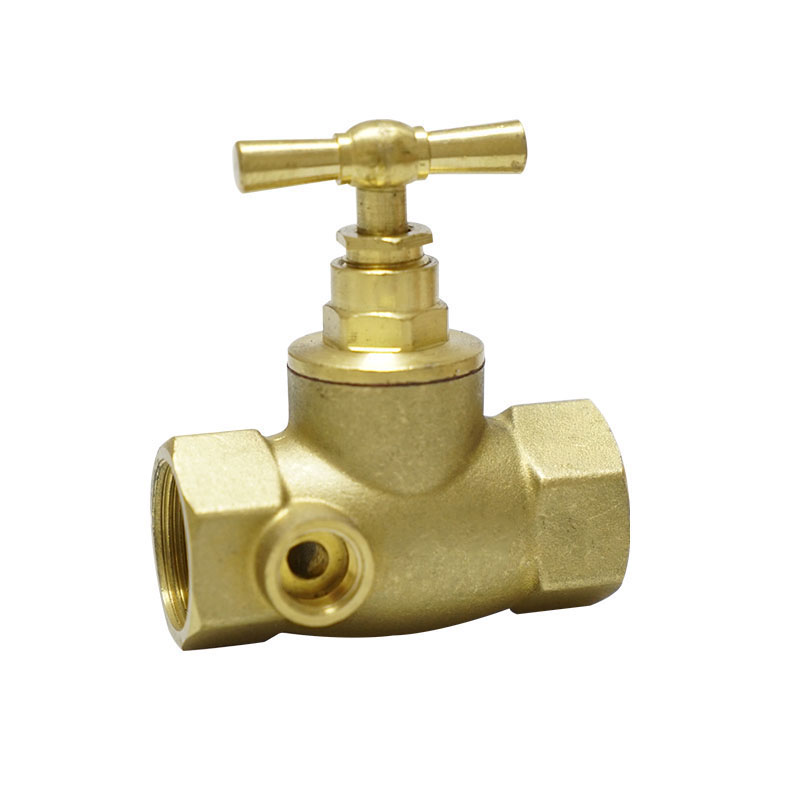The core elements to consider when choosing a check valve that suits your needs are: material, caliber, sealing method, installation location and applicable occasions.

Material is one of the important factors to consider when choosing a check valve. Different materials have different characteristics and applicable scenarios. For example, ABS material has the advantages of high temperature resistance, corrosion resistance, and not easy to deform, and it is cheap, so it is the preferred material. Stainless steel has excellent corrosion resistance, while galvanized carbon steel improves corrosion resistance through galvanizing. Although plastic materials have average strength, they have good heat resistance.
Caliber is also an aspect that needs to be paid attention to when choosing a check valve. The caliber of the range hood is not uniform. Choosing a universal large-caliber check valve can avoid the trouble of replacing the check valve when replacing the range hood.
The sealing method directly affects the effect of the check valve. The preferred integrated silicone molded sealing plate is a design that can effectively prevent oil fume backflow and has better sealing. In addition, the sealing cover with its own tilt angle can automatically close under the action of gravity to prevent oil fume backflow.
Installation location and applicable occasions are also factors to consider when selecting a check valve. Check valves are suitable for clean media and are not suitable for media containing solid particles and high viscosity. The installation location of the swing check valve is not restricted and can be installed on horizontal, vertical or inclined pipelines. The butterfly check valve is suitable for low-pressure and large-diameter occasions, but the working pressure cannot be very high.
Finally, choose the appropriate check valve type according to different usage scenarios. For example, the swing check valve is suitable for horizontal and vertical pipelines, while the butterfly check valve is suitable for low-pressure and large-diameter occasions. The ball check valve is suitable for medium and low-pressure pipelines and can be made into a large diameter. When choosing, you also need to consider factors such as closing speed, sealing performance requirements, and the size of the water hammer caused by closing.
 English
English  Español
Español  Português
Português  русский
русский  Français
Français  日本語
日本語  Deutsch
Deutsch  tiếng Việt
tiếng Việt  Italiano
Italiano  Nederlands
Nederlands  ภาษาไทย
ภาษาไทย  Polski
Polski  한국어
한국어  Svenska
Svenska  magyar
magyar  Malay
Malay  বাংলা ভাষার
বাংলা ভাষার  Dansk
Dansk  Suomi
Suomi  हिन्दी
हिन्दी  Pilipino
Pilipino  Türkçe
Türkçe  Gaeilge
Gaeilge  العربية
العربية  Indonesia
Indonesia  Norsk
Norsk  تمل
تمل  český
český  ελληνικά
ελληνικά  український
український  Javanese
Javanese  فارسی
فارسی  தமிழ்
தமிழ்  తెలుగు
తెలుగు  नेपाली
नेपाली  Burmese
Burmese  български
български  ລາວ
ລາວ  Latine
Latine  Қазақша
Қазақша  Euskal
Euskal  Azərbaycan
Azərbaycan  Slovenský jazyk
Slovenský jazyk  Македонски
Македонски  Lietuvos
Lietuvos  Eesti Keel
Eesti Keel  Română
Română  Slovenski
Slovenski  मराठी
मराठी  Srpski језик
Srpski језик 





